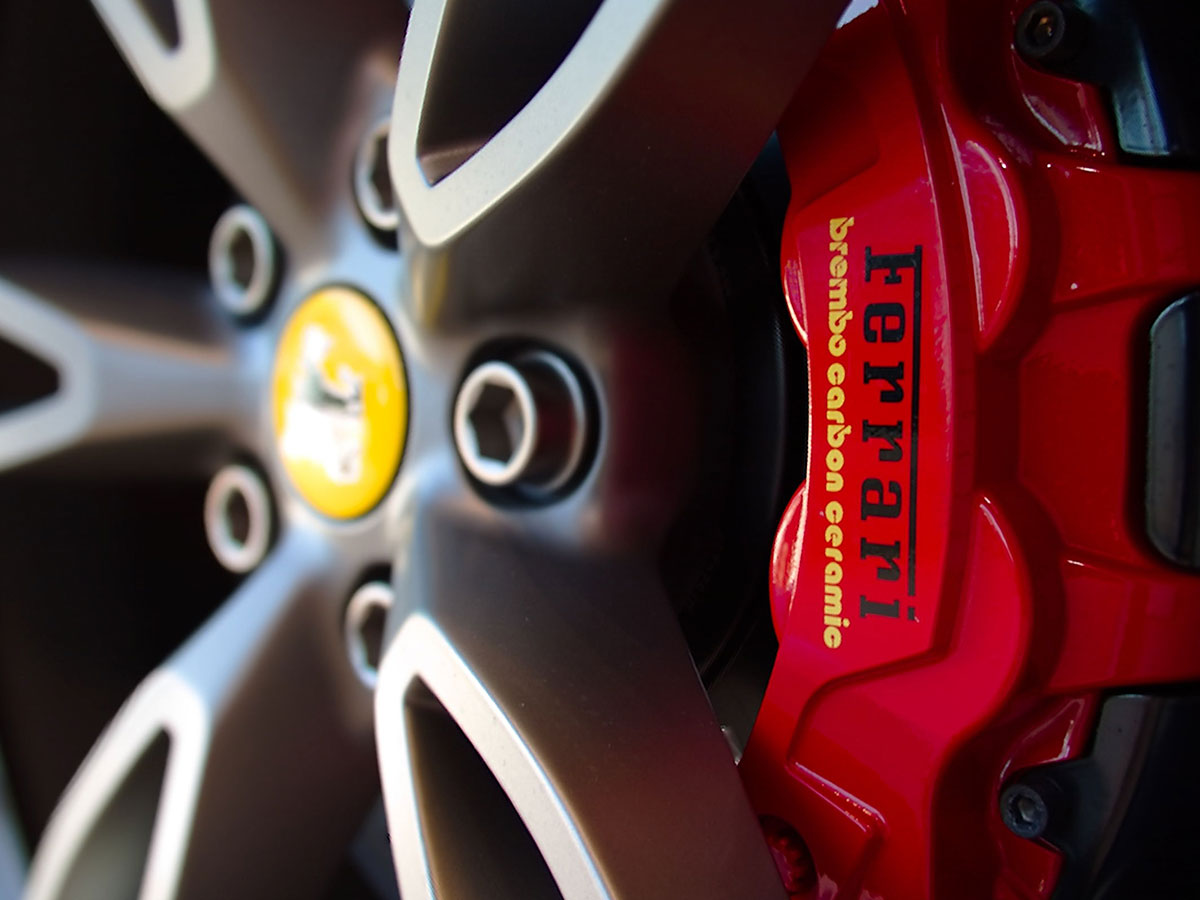How can you charge more for your products or services through the sheer power of a better brand identity?
So most people think about brand identity from a very visual perspective. And that is true. A brand identity is all about your primary logo, your corporate colors, typography, maybe your secondary icon, and official brand patterns. But a brand identity should be much more. In fact, if you have the right kind of brand identity, you can increase your prices for your products or your services. And you see that all around when you look at any of the big successful brands. You would notice that they use the power of their identity to charge more for their products and services.
Why and how does that happen? If you’re looking at Gucci or Louis Vuitton, a bag that you’re buying from Gucci is expensive perhaps because of all of the materials used and the craftsmanship. But beyond that, there’s also the brand – the mark that commands a premium price. I know of many craftsmen within the United States, for example, that create leather bags that are fantastic and are handcrafted with love, care, and passion. And yet those bags are sold at a fraction of the cost of a Louis Vuitton bag.
At the base level, it is the brand identity that is commanding these astronomical prices and the brand narrative. The story has been told and the brand identity has been kind of implemented and the narrative has been pushed. So that at the end of the day, when you pick up a Gucci bag, you’re willing to shell down $3,000 or more, as opposed to when you look at a bag created by an unknown brand.

Case Study: For one of our clients – a fitness product brand, we created a brand identity that moved the brand and the product into a premium category that would enable not only gaining market share but also command higher prices. Check out the full case study of this weighted vest brand identity to know more.
Think of your brand identity as one of the most powerful tools that determine your sales, your prices, your revenue, your profits, and more. In fact, there are many brands out there that have inferior products or services but command premium prices. And they pull it off and people who buy these products or services and pay top dollar actually tell themselves that they’re getting a better value product or service because they’re paying more.
If you’re selling products or services, or even if you are an entrepreneur and you are an influencer, for example, your brand identity will determine the perceived value of your service product. In fact, you’re obligated to command higher prices because that is part of the narrative. That is part of the story. So take a hard look at your brand identity. I don’t mean just your logo. Your logo may be fantastic. I’m talking about strategic brand identity. What are the different touchpoints? How are, how is your identity portrayed across these? How does it look on social media channels? How does it look on your website? How does it look on your products?
Then you look at your messaging. What are you saying? Does that align with your brand identity? Do the visuals tell the right story? Do you even have a story to tell? If you don’t have a story, then you’re competing as a commodity. It could be a unique product and you’re still going to be treated as a commodity
A brand story is about aligning with your target audience. It is about communicating and creating that emotional bond, that connection with your target audience. And when you create that connection, then you’re able to show your value and your audience understands your value, and they’re willing to pay a premium price. And you’re obligated to charge more for the value you create. Your brand story is the key. The messaging framework is key.
Conduct a brand audit, or if you’re a new brand, and understand that you need to get your brand identity as a holistic solution, not just your primary logo. If you’re a startup don’t think that by just getting a logo created, you are ready. Spend time effort, thought process, and money on the initial stage – the fundamentals of the brand identity. First comes brand fundamentals. Then comes the positioning strategy, followed by a messaging framework. And then translating that into visual identities. And then of course comes, the primary logo, the secondary logo, official brand patterns, and things like that

